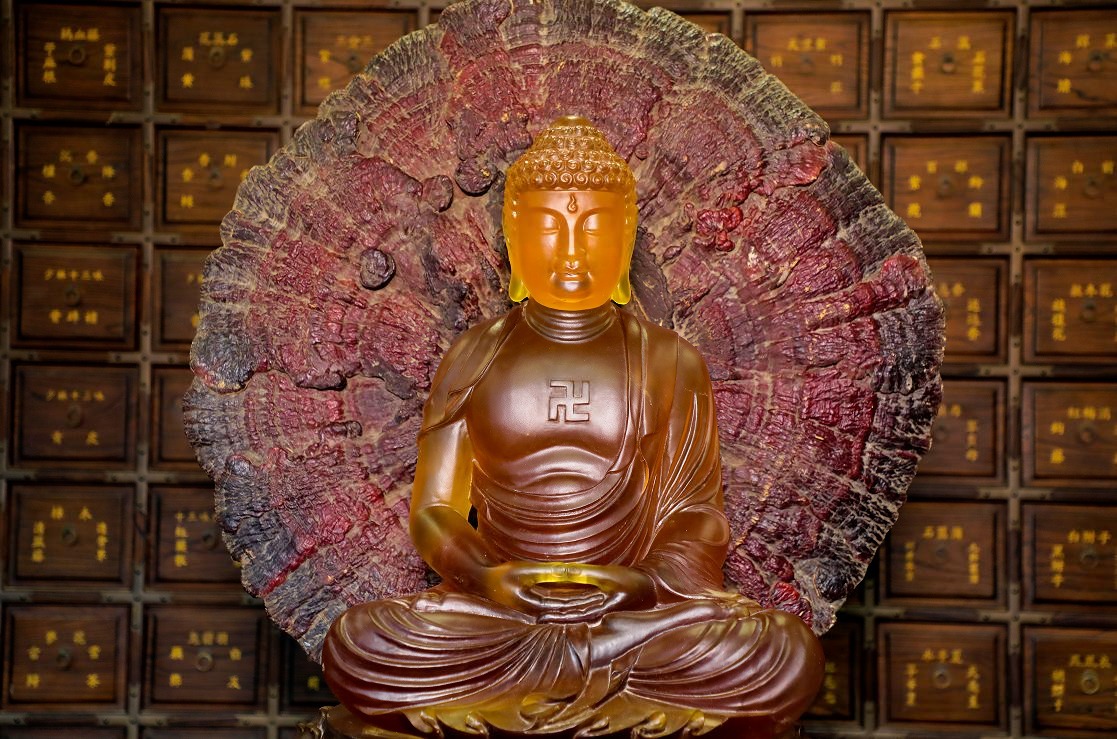
Zen is Letting Go
In the ancient forests of Songshan Mountain, where the Shaolin Temple stands as a beacon of wisdom, the essence of Zen is often distilled into simple truths. Among them, none is more profound than this: Zen is letting go.
To grasp this teaching is to understand the very heart of Buddhist practice. The mind, burdened by attachments—to desires, to opinions, to the illusion of permanence—finds freedom only when it releases its grip. Like a monk in deep meditation, who neither clings to thoughts nor pushes them away, true Zen is the art of non-attachment.
The great masters of Shaolin have long taught that Kung Fu is not merely a martial discipline but a path to enlightenment. When a practitioner moves with effortless grace, it is because they have let go of tension, of ego, of the need to control. The body flows like water, unhindered by resistance. This is Zen in motion—Chan Wu, the unity of meditation and action.
In the quiet of the monastery, novices learn that even the most complex sutras point to one simple truth: All dharmas return to One. The Buddha’s teachings, the rigorous training of Shaolin, the silent hours of zazen—all lead to the same realization. To hold nothing is to possess everything.
Thus, when we speak of Zen, we speak of surrender. Not weakness, but the ultimate strength. Like autumn leaves that fall without regret, the mind that lets go finds peace. This is the wisdom of Shaolin, whispered through centuries in the rustling pines and the steady breath of monks in meditation.
Amitabha.



